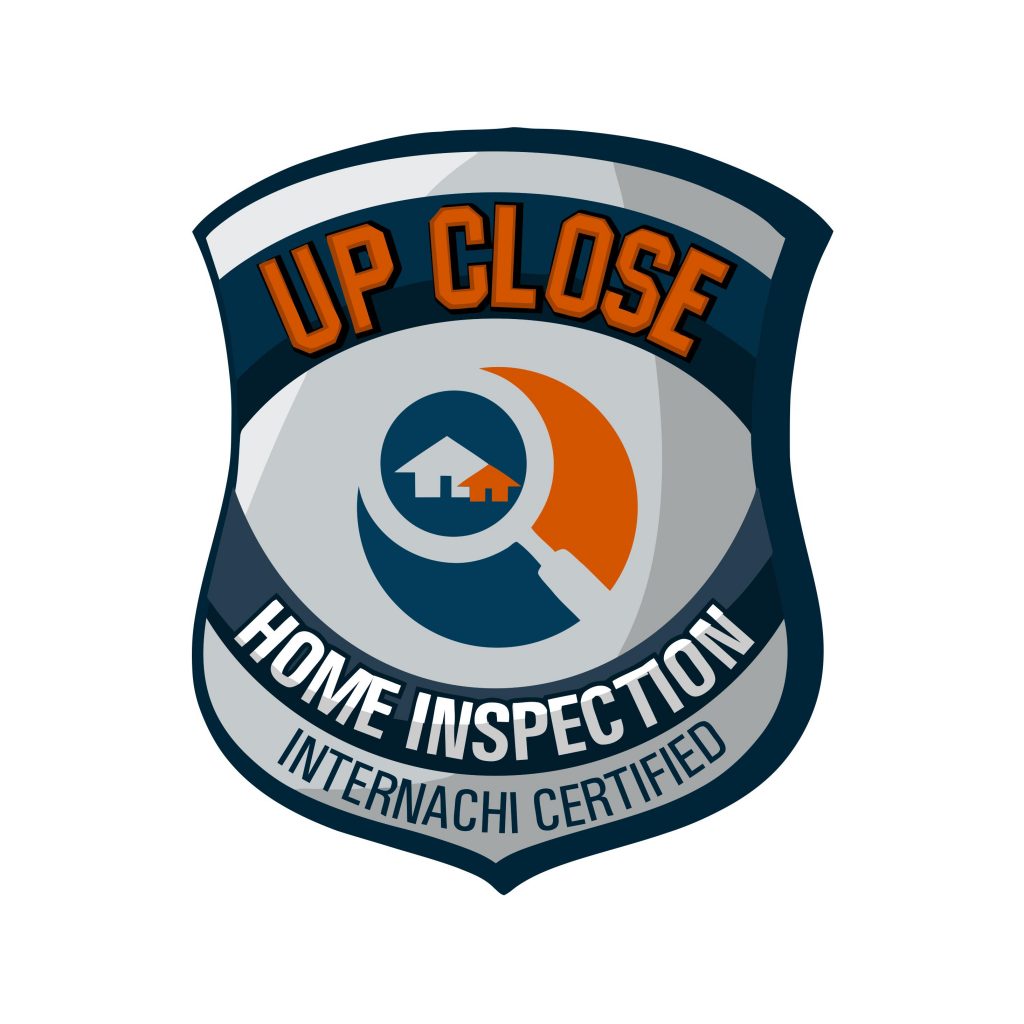
Indoor Air Quality Testing
Your Indoor Air Quality Inspection is conducted to detect the potential presence of VOCs (Volatile Organic Compounds), mold (PM10 and PM2.5 particles), and carbon dioxide in the home and whether or not they are within a recommended safe range (PM stands for Particulate Matter). The equipment used by Up Close Home Inspection can even track down mold spores to their source. Your inspector will provide you with a digital summary report so that you will know whether your property is in great shape, or if additional sampling is necessary.
Mold Basics

- The key to mold control is moisture control.
- If mold is a problem in your home, you should clean up the mold promptly and fix the water or condensation problem.
- It is important to dry water-damaged areas and items within 24 to 48 hours to prevent mold growth.
Why is Mold Growing in My Home?
Molds are part of the natural environment. Outdoors, molds play a part in nature by breaking down dead organic matter, such as fallen leaves and dead trees. But indoors, mold growth should be avoided. Molds reproduce by means of tiny spores (PM2.5 and PM10); the spores are invisible to the naked eye and float through outdoor and indoor air. Mold may begin growing indoors when mold spores land on surfaces that are wet. There are many types of mold, and none of them will grow without water or moisture.
What are VOCs? (Volitale Organic Compounds)
VOCs are volatile organic compounds that evaporate at room temperature. These include things such as gasoline, perfumes, vinegar, and paint thinner. Elevated VOC levels could be caused by a mold infestation, gas leak, or off gassing of building materials and is a concern for overall indoor air quality. These compounds include a number of toxic compounds, including benzene, toluene, and formaldehyde. Mold can produce a number of VOCs. These compounds are what produce the “musty” smell associated with mold infested dwellings. While most of the compounds are innocuous, there is experimental evidence that some of these compounds could be toxic. Detection of VOC is yet another tool that can be used to detect and locate an active mold infestation, as they are only produced by actively growing mold colonies.
Why is Carbon Dioxide (CO2) a concern?
Carbon Dioxide, or CO2, is everywhere. Carbon dioxide (CO2) is a byproduct of combustion, as well as a result of the metabolic process in living organisms. Because carbon dioxide is a result of human metabolism, concentrations within a home often are used to indicate whether adequate fresh air is being supplied to the space. Moderate to high levels of carbon dioxide can cause headaches and fatigue, and higher concentrations can produce nausea, dizziness, and vomiting. Loss of consciousness can occur at extremely high concentrations.

Rather than paying for unnecessary (and expensive!) mold sampling and lab work, Up Close Home Inspection provides an immediate, thorough, and inexpensive alternative. You avoid unneeded expenses while also preventing the costly mistake of missing an active mold issue.
We provide indoor air quality inspections and testing in Warren, Farmington Hills, Novi, Dearborn, Livonia, Westland, Detroit, Bloomfield, and surrounding areas of Michigan


